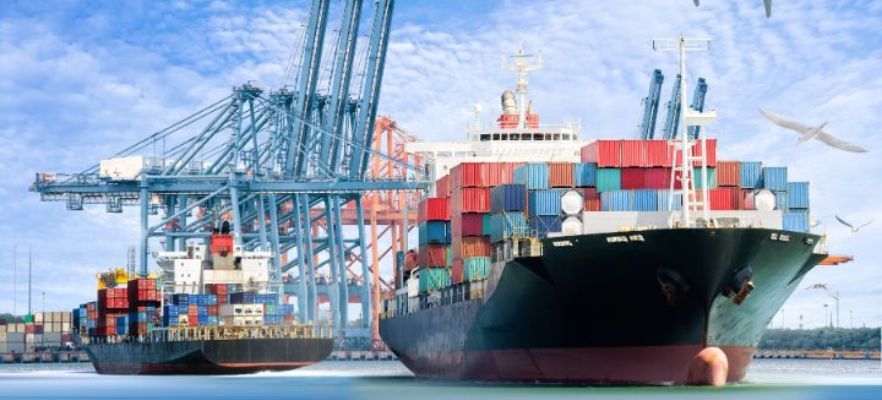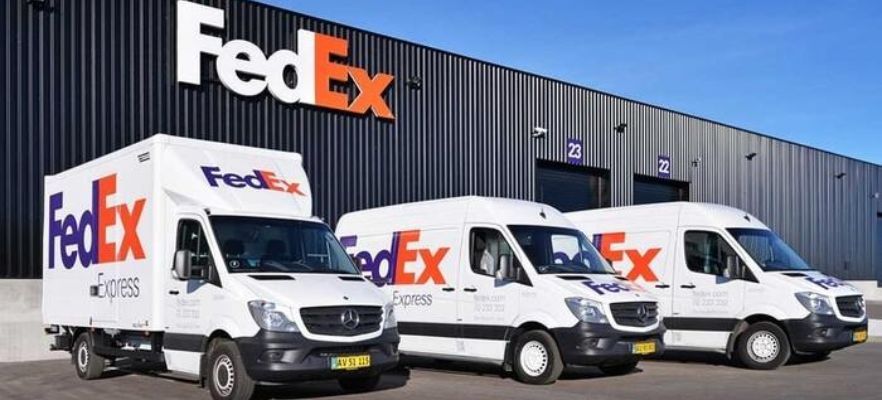Express vs Economy Comparison for USA/EU/SEA Routes
By Hieu Tran Chi -07/11/2025 UTC.
For anyone shipping goods from Japan overseas—from e-commerce sellers and figure collectors to individual shoppers—the choice between Express (Fast) and Economy (Budget) shipping is a strategic decision that directly impacts final cost and customer satisfaction. Choosing incorrectly can lead to lost goods, missed crucial deadlines, or shipping costs doubling the initial estimate.
This article will explain the core differences between Express vs Economy for major routes (USA, EU, Southeast Asia), provide an Express vs Economy comparison table, guide you through calculating dimensional weight, and offer a checklist of crucial tips to help you control the "total landed cost" right from the start.
1. Overview: When to Choose Express, When to Choose Economy?
The choice between the Express and Economy route is based on balancing Time, Stability, and Budget.
- Express Route (Prioritize Speed & Stability): Best suited when you prioritize time and reliability, especially for high-value orders, fragile goods, or items with a clear deadline (e.g., birthday gifts, product launches).
- Economy Route (Prioritize Budget): Suitable when you prioritize budget, goods are not urgent, have medium/low value, and you are willing to accept longer transit times and sparser tracking.
2. Core Express vs Economy Comparison Table

The difference between the two shipping routes, Express vs Economy, is relative but can be clearly quantified based on common operational data.
Note: No option is "absolutely safe" or "always the cheapest." The difference is relative based on common operational data from major carriers for the USA/EU/SEA routes.
3. Impact on Total Order Cost
Choosing Express or Economy directly affects the final cost calculation formula:
Total Cost Formula (Reference):
Total Cost = Domestic Price + ¥300 service fee + Domestic shipping (if any) + International shipping + Destination tax (+ Insurance/Special packaging, if needed).
- Express: The international freight cost is higher, but it significantly reduces potential risk costs (such as insurance fees, handling costs when goods are delayed/damaged, and guarantees time, which is very important for high-value orders). Good tracking enables faster issue resolution.
- Economy: The international freight cost is lower, but it requires the buyer to reserve more time and invest more heavily in packaging to limit damage risk (insurance may be mandatory).
- Destination Tax: Principles and potential exemptions depend on the product type, sales platform, and documentation. Consult with an expert when ordering from Japan.
>>> Read more: Shipping From Japan To US: Guide, Services & Tips To Reduce Costs
4. Actual Weight vs. Dimensional Weight

This is the most common mistake that causes international buyers to miscalculate shipping fees. Carriers charge based not only on actual weight but also on the volume occupied.
Principle: Carriers typically charge based on the greater of the Actual Weight (kg) and the Dimensional Weight (DIM).
Conversion Formula (Reference): Dimensional Weight (reference): (Length × Width × Height) / 5,000 (cm).
- Example: If you ship a package with dimensions 35 × 25 × 20 cm, the dimensional weight is 35 × 25 × 20 / 5,000 = 3.5 kg. If the actual weight is only 2.1 kg, the rate will be calculated based on 3.5 kg.
- Tip: Optimize packaging. Choose the smallest outer box size that fits the padded item to reduce excess volume, thereby lowering dimensional weight and saving on freight costs.
5. Suggestions by Real-Life Scenario
6. Packaging by Route: How to Reduce Damage Risk & Increase Freight Efficiency

Packaging is a crucial factor, especially when choosing the Economy route.
6.1 General Principles
- Secure Items: All empty space inside the box must be filled with cushioning materials (air cushions, bubble wrap) to prevent "rattling" during transit.
- Protect Weak Points: Corners, edges, and glass/plastic surfaces must have reinforced padding (foam or multiple layers of bubble wrap).
- Moisture Protection: Use desiccant packs for electronics, and wrap paper/books in plastic to prevent humidity damage.
- Reduce Excess Volume: Always choose the smallest outer box size that fits the padded item to optimize dimensional weight.
6.2 For the Express Route
The Express route has shorter transit times but still requires sturdiness: use a double-walled box for figures/collectible boxes. Insurance is recommended for high-value or fragile orders (typically over ¥10,000).
6.3 For the Economy Route
Due to longer transit times and less prioritized handling, the goods need to be very durable: strictly control volume; avoid oversized boxes relative to the item. Basic shockproof/moisture protection is still needed, and "FRAGILE" should be noted if the system supports it.
>>> Read more: Ship Overseas From Japan Using Ezbuy Japan's Cross Bodder Shipping service
7. Peak Season Impact & Preparation
Year-end holidays (Christmas), Black Friday - Cyber Monday, Lunar New Year (Tết), and Golden Week in Japan easily increase the load on the global logistics system, causing delays.
- Express usually maintains better stability, but slight delays may still occur.
- Economy is much more prone to congestion and longer delays.
- Contingency Plan: Ship at least 10 days before the peak period. Choose Express if the deadline is fixed.
8. Common Mistakes When Choosing a Route
- Mistake 1: Miscalculating freight cost by ignoring dimensional weight conversion.
- Mistake 2: Choosing Economy for urgent or high-value orders → accepting higher risk of delay/damage.
- Mistake 3: Empty packaging, lack of corner padding → dented boxes, especially with collectible boxes (devaluing the collectible).

Final Thoughts
There is no "absolutely best" shipping route. The comparison of Express vs Economy shows that: Express optimizes time and stability, suitable for high-value/fragile items. Economy optimizes budget for non-urgent goods. The key to success is defining your objective, estimating freight based on actual/dimensional weight, packaging correctly, and planning for peak seasons to control the "total landed cost" right from the start.
Ezbuy is the platform for ordering from Japan and international shipping. You can start shopping on Ezbuy today, check the Price & Policy for a clear price list and policies, and get support via the Help Center whenever you need to optimize your shipping.
Website: https://ezbuy.jp
Email: [email protected]